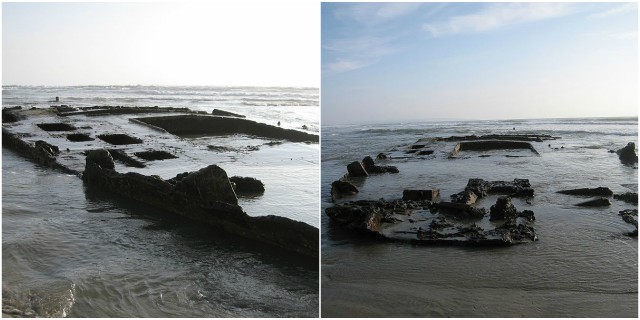The remains of what was once a notorious gambling and prostitution ship have appeared in Coronado, California, thanks to thrashing El Nino storms.
Owned by mobsters, the ship known as the S.S. Monte Carlo sunk around 80 years ago, on New Year’s Eve and was left to rot on South Coronado Beach.
Parts of the wreckage could be spotted from time to time during strong tides, but now El Nino has made it clearly visible again.
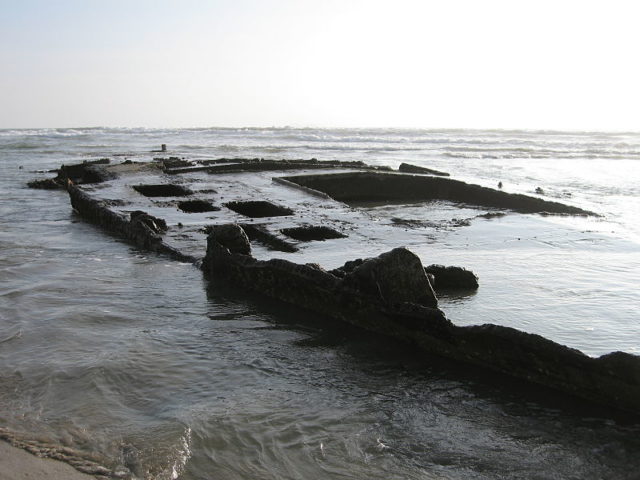
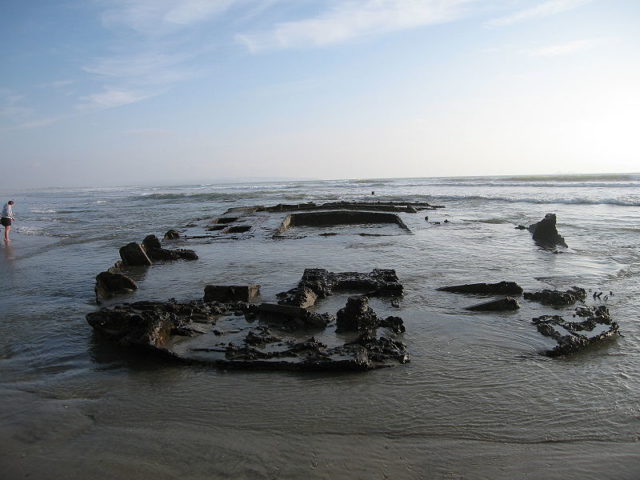
The history of the 300-feet-long S.S. Monte Carlo can be traced back to 1921 when it was built at Wilmington, North Carolina. It was originally a concrete oil tanker named the SS McKittrick and was one of twelve experimental ships made of concrete during and after World War I.
President Woodrow Wilson approved the construction of 24 concrete ships due to the shortages of steel in the United States during World War I. The U.S. Quartermaster Corps used the boat until 1923 when it was purchased by the Associated Oil Company of San Francisco, California. In 1932, it was sold to Ed Turner and Martin Schouwiler and later converted into a hotspot for gambling.
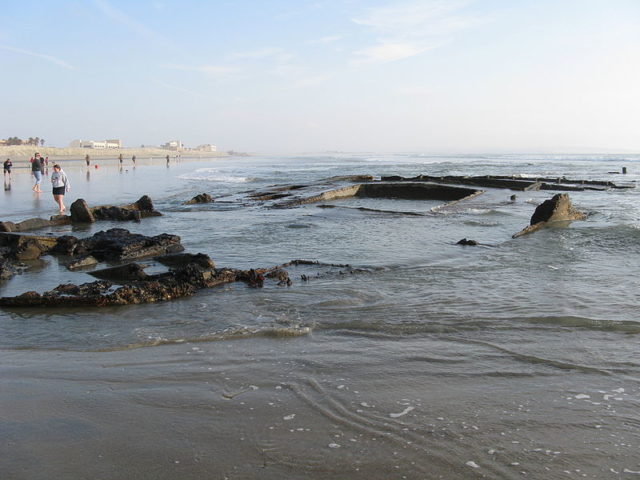
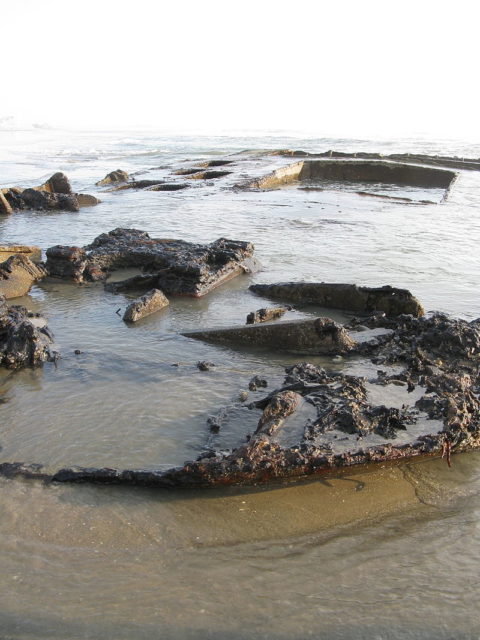
It can be said that Prohibition practically created organized crime in America but on the other hand, the repeal of Prohibition in 1933 didn’t mean that organized crime was about to end in the states. At the beginning of the 1930s, profits from beer and liquor supply were so enormous that gangsters became stronger than ever.
It was the end of an era, but it was also the beginning of a new one for organized crime in America, which regrouped and focused on other things. Many gangsters used the money they “earned” during Prohibition to enter the legal and licensed liquor business, while others focused on prostitution and gambling.
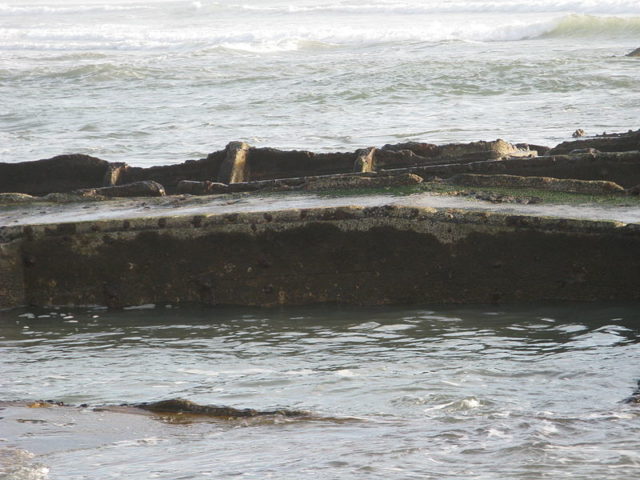
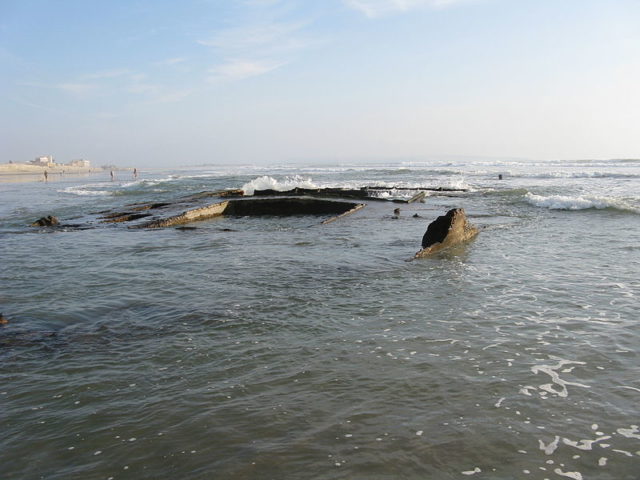
S.S. Monte Carlo was anchored in international waters just three miles off the coast of Coronado, California, in order to avoid U.S. laws since gambling and prostitution were illegal. It was not the first nor the last gambling ship on the coast between San Diego and Long Beach, but it was definitely the largest, and in the early days, it hosted over 15,000 gamblers a week.
Joe Ditler, executive director of the Coronado Museum of History & Art, has been studying the shipwreck for 30 years and he told NBC San Diego that “in the Prohibition days, the ship was anchored in international waters to avoid U.S. laws. People searching for gambling, prostitution or bootleg whiskey would take smaller boats out to the “sin ship” for a night of revelry.”
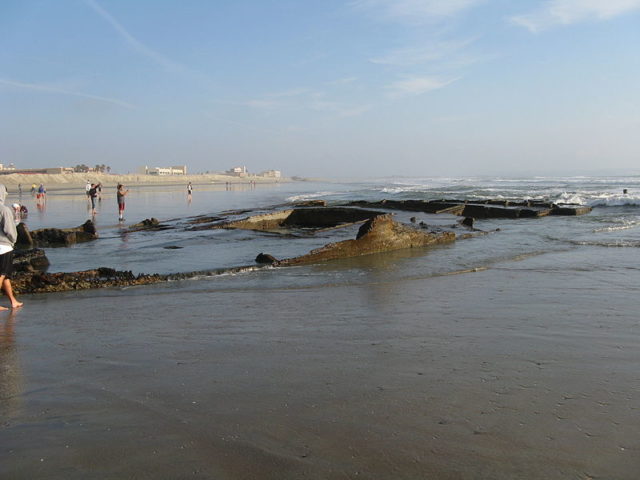
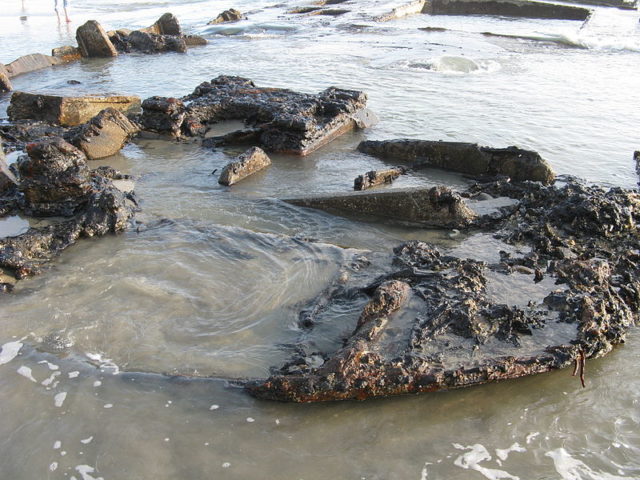
“Evangelists throughout San Diego County and Southern California devoted their whole sermons to sin ships, ‘May God let forth His wrath!'” Ditler told NBC San Diego “When it did break moorings and crashed, they took credit.”
The mobsters sure knew how to make easy money, and they lured guests to visit the S.S. Monte Carlo by offering them free water taxi rides to the boat and free drinks. It is believed that the notorious gambling ship was making a profit of around $3 million per year (over $52 million in today’s money).
Of course, this could not last forever, and on New Years Day 1937, at about 3 o’clock in the morning, a severe storm set the ship adrift, and it washed up on South Coronado Beach where it remains today.
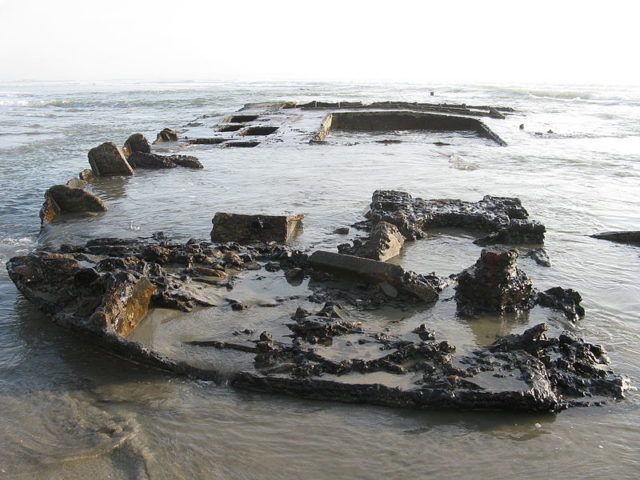
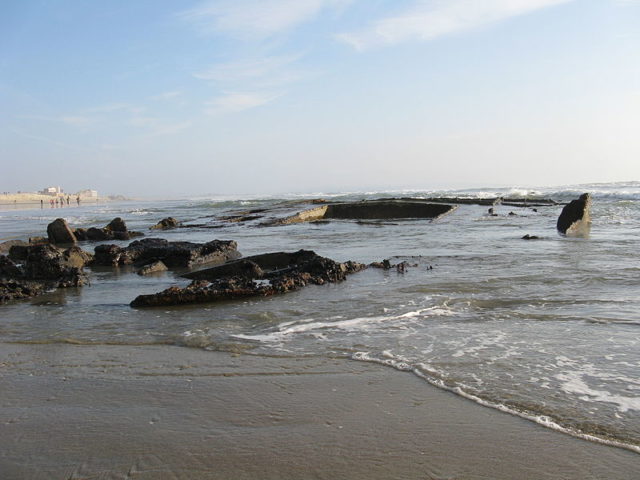
There is a logical explanation of why no one was brave enough to step forward and claim ownership, and that was because the boat was no longer in international waters and it was therefore illegal.
Read another story from us: Interesting facts and visions of sunken ships
Still, there are rumors that the S.S. Monte Carlo might still hold $150,000 worth of gold and silver coins waiting to be retrieved.
